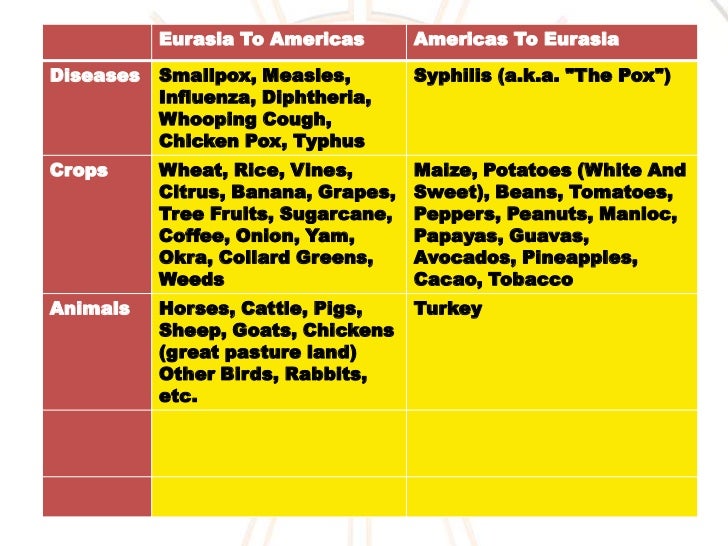Etiquette and Travel Brochure Day 1
Objective(s):
Given a chromebook with access to Google Docs, students will be able to build a travel brochure about an assigned country that addresses various social etiquette as well as local biome influences of weather, food, vegetation and animals
Rationale: Understanding the various influences on cultural characteristics that make places unique must include both natural and man-made cultural details
Evidence: Being able to build a travel brochure that guides visitors to various local cuisine, weather expectations, and proper cultural greetings and eating habits will allow students to demonstarte the role that each plays in defining a "place"
Today's schedule

You will be assigned a country. You will access information about your country from the
Etiquette Website ( here ) as well as from the Cultural Grams tab at the top of the blog along the Navigation Bar.
Directions:( here )
Example of Hand Gestures and their meaning - ( here )
Project - You will use Google Slides (portrait 8 X 11 with 1/2 inch margins on all sides) to make a 2 page Travel Brochure - 1 page will be dedicated to the Etiquette aspects of the country, and the 2nd page will be dedicated to the Biomes/Natural Vegetation, Weather, Food, Animals, etc of the culture (based on the Biomes Spreadsheet)
Etiquette Website ( here ) as well as from the Cultural Grams tab at the top of the blog along the Navigation Bar.
Directions:( here )
Example of Hand Gestures and their meaning - ( here )
Project - You will use Google Slides (portrait 8 X 11 with 1/2 inch margins on all sides) to make a 2 page Travel Brochure - 1 page will be dedicated to the Etiquette aspects of the country, and the 2nd page will be dedicated to the Biomes/Natural Vegetation, Weather, Food, Animals, etc of the culture (based on the Biomes Spreadsheet)








